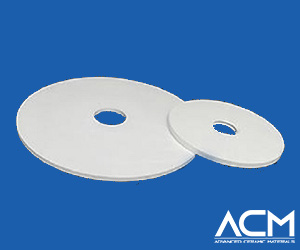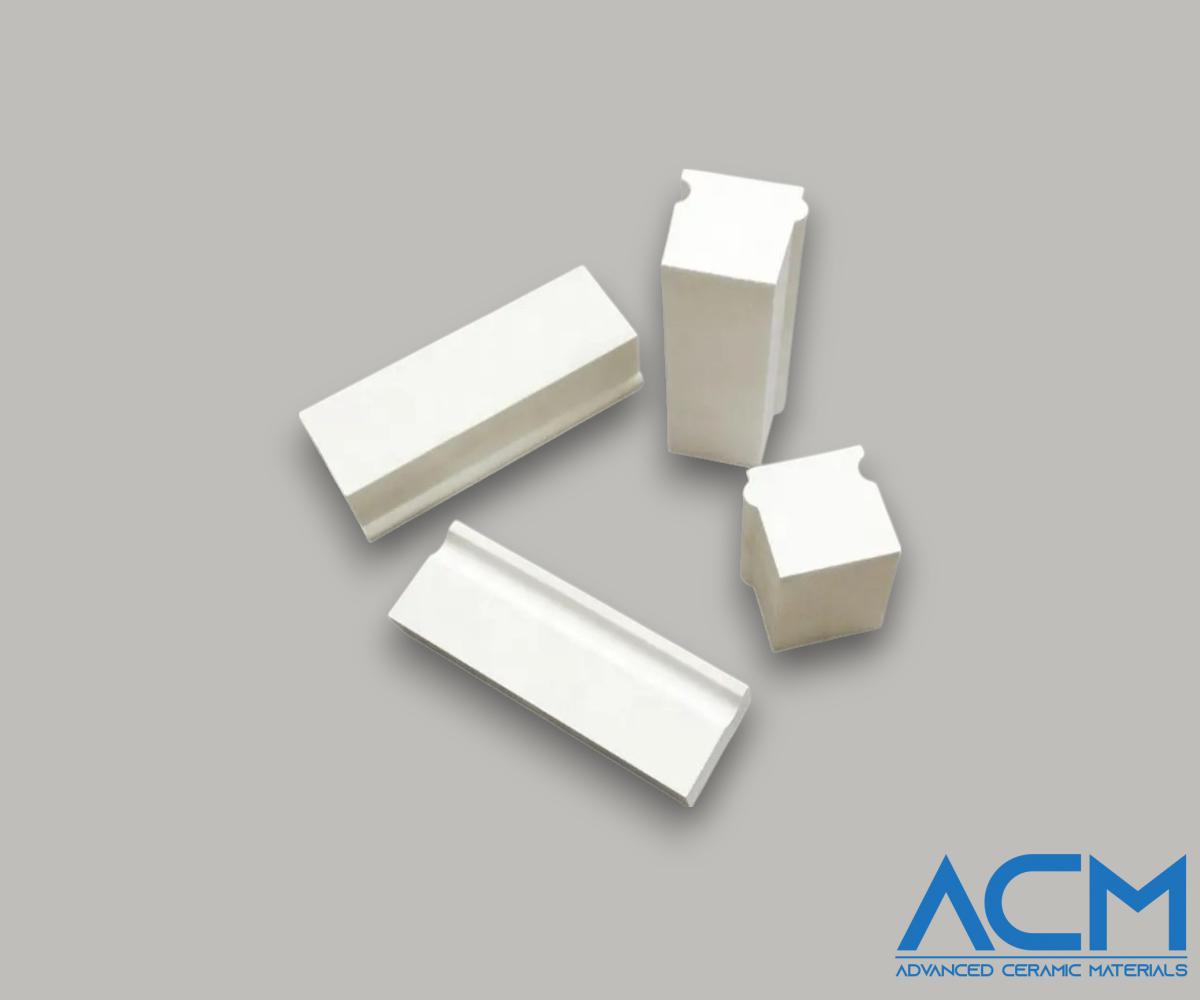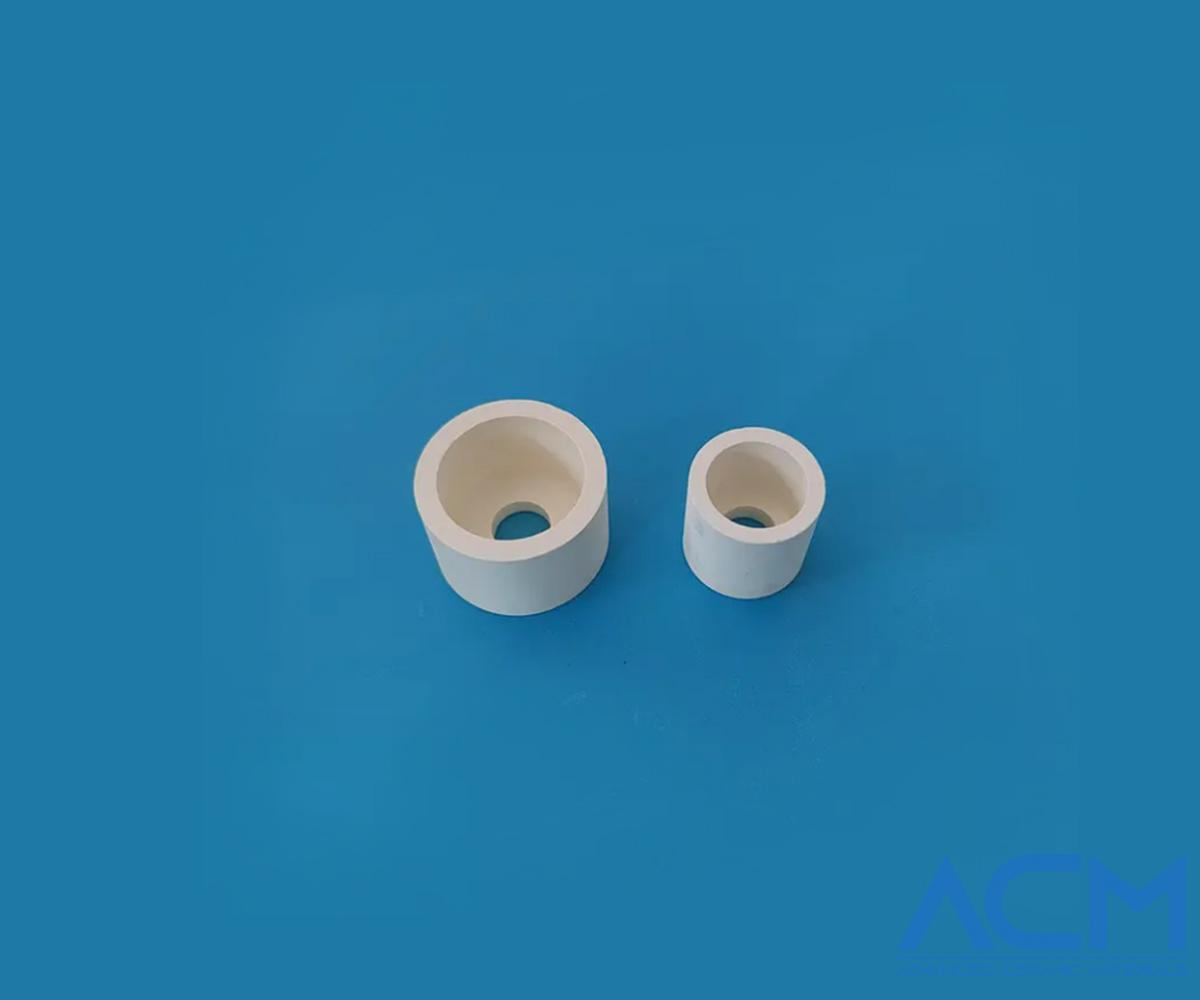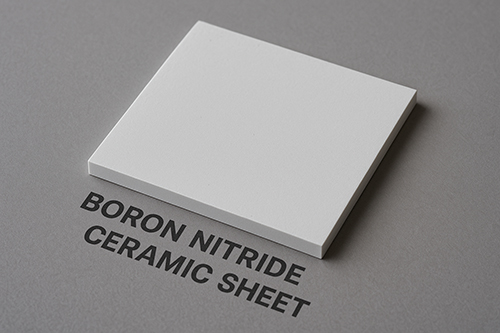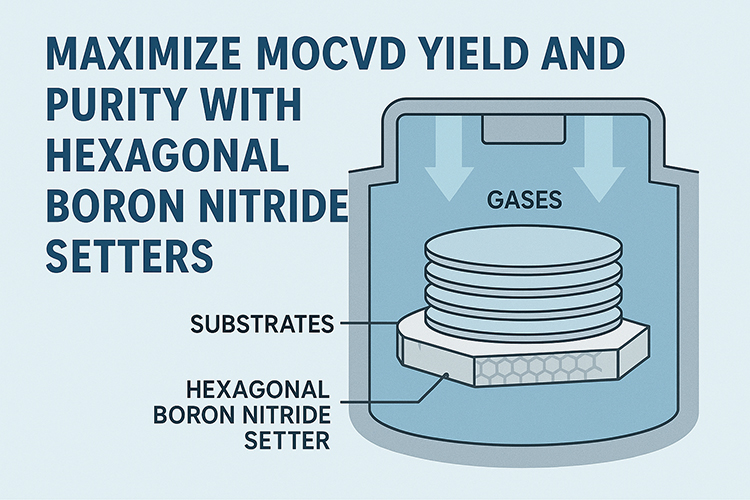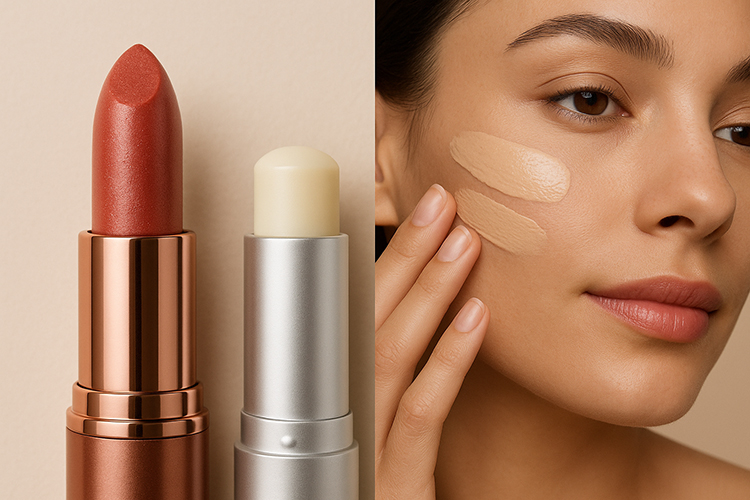Tuning Dielectric Properties of BN-Based Composites
1. Introduction
As next-generation wireless communication and radar systems push toward higher frequencies, materials with low dielectric constants, low dielectric loss, and high thermal conductivity have become crucial. Boron nitride (BN), with its intrinsic electrical insulation and excellent thermal conductivity, has attracted significant attention as a matrix or filler in composite materials for high-frequency electronics. However, a major challenge remains: how to achieve a balance between high thermal conductivity and optimal dielectric performance in practical composite systems.
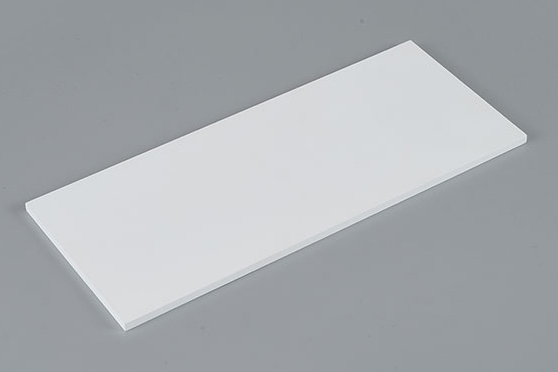
2. Fabrication Strategies for BN-Based Composites
To meet the demanding requirements of 5G circuits, radar windows, and high-frequency device packaging, various fabrication techniques have been developed.
Hybridizing BN with ceramics such as aluminum nitride (AlN), silicon carbide (SiC), and zirconia enhances structural and thermal properties. Techniques like gel casting combined with polymer infiltration and pyrolysis (PIP) are effective in forming BN-matrix composites, such as BNmf-Si₃N₄w/Si₃N₄. For polymer-based systems, hot pressing and external-field-assisted alignment allow BN nanosheets to form oriented, thermally conductive pathways while maintaining electrical insulation. Additives like sintering aids further enhance densification and uniformity, particularly in AlN-based systems.
3. Mechanisms of Dielectric Property Tuning
The dielectric behavior of BN-based composites is influenced by both composition and microstructure. BN serves as a low-permittivity phase and can help suppress dielectric loss when uniformly dispersed. When paired with other fillers (e.g., AlN, SiC), synergistic effects arise, leading to enhanced property control.
Key tuning parameters include:
-
BN content and morphology: Nanosheet alignment helps lower tanδ.
-
3D filler networks: These enable simultaneous thermal conduction and electrical insulation.
-
Interface engineering: Controlling interfacial defects reduces polarization loss.
Reported values for well-designed systems include dielectric constants ranging from 1.16 to 3.6 and dielectric loss tangents below 0.01 at GHz frequencies.
4. Performance Requirements in High-Frequency Electronics
Different applications call for distinct material characteristics:
-
5G printed circuit boards (PCBs) demand materials with low εr and tanδ for signal integrity.
-
Radar window materials must combine thermal shock resistance, low dielectric loss, and high thermal conductivity.
-
Electronic packaging requires thermal expansion compatibility and mechanical reliability alongside stable dielectric behavior.
5. Representative Composite Systems
Several BN-based systems illustrate the design-performance trade-offs:
-
BN-AlN composites: Deliver thermal conductivities up to 320 W/m·K with dielectric constants under 4.
-
BN-SiC composites: Offer improved mechanical strength while retaining insulation.
-
BN-zirconia systems: Optimize dielectric and thermal shock performance.
-
Polymer-based BN composites: Achieve anisotropic thermal conduction and low permittivity through alignment strategies.
6. Structural Design and Optimization Strategies
Achieving the desired combination of thermal and dielectric properties requires:
-
Tailored filler content and geometry: Controlling particle size, shape, and orientation improves heat flow and limits dielectric loss.
-
Network engineering: Constructing continuous thermal paths without compromising electrical insulation.
-
Defect minimization: Reducing voids and interface discontinuities enhances stability and performance.
7. Conclusion
With their unique ability to combine high thermal conductivity and low dielectric loss, BN-based composites are becoming essential in high-frequency electronics. Through smart composite design—whether by pairing BN with AlN, SiC, or polymers—engineers can now meet the competing demands of thermal management and signal performance. As 5G systems, radar platforms, and advanced electronic packaging continue to evolve, so too will the material strategies behind them.
At Advanced Ceramic Materials (ACM), we supply a wide range of high-performance BN-based materials tailored for electronic and thermal applications. Whether you're prototyping next-generation PCBs or developing radar-transparent structures, our technical team is here to help you select the right ceramic solution.
{{item.content}}
LEVE A REPLY
{{item.children[0].content}}
{{item.content}}
LEAVE A REPLY
SUBSCRIBE OUR NEWSLETTER
- Boron Nitride in Cosmetics: Enhancing Performance and Sensory Appeal
- Maximize MOCVD Yield and Purity with Hexagonal Boron Nitride Setters
- What Are the Advantages and Uses of Boron Nitride Ceramic Sheet?
- The Compression Annealing Advantage for Pyrolytic Boron Nitride
- Beyond Insulation: The Surprising Spectrum of Ceramic Thermal Conductivity









